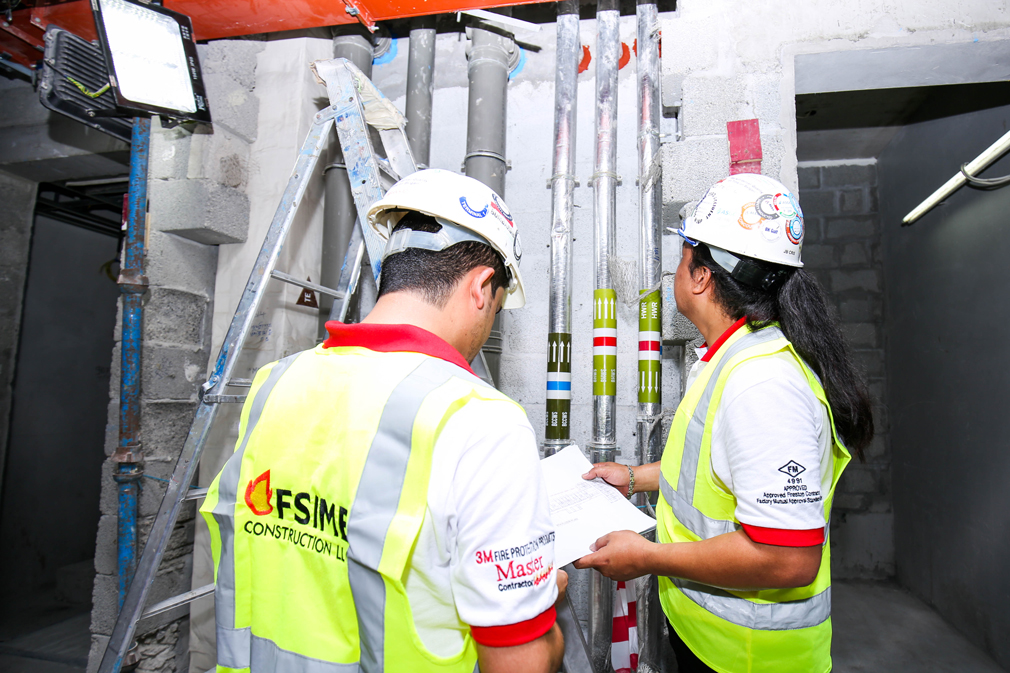
Firestopping technology plays a crucial role in protecting lives and property by preventing the spread of fire and smoke within buildings. Over the years, advancements in firestopping solutions have significantly enhanced safety measures and improved overall efficiency. From new materials to innovative installation techniques, the firestopping industry continues to evolve, providing more effective and reliable fire protection systems. In this blog, we will explore some of the latest innovations in firestopping technology and their impact on enhancing safety and efficiency.
1. Intumescent Sealants: Advanced Fire Barrier Solutions
One of the notable advancements in firestopping technology is the development of intumescent sealants. These sealants are designed to expand when exposed to high temperatures, creating an insulating barrier that prevents fire and smoke from spreading through gaps and penetrations in walls, floors, and ceilings. Intumescent sealants offer superior fire resistance and have become a popular choice in both commercial and residential construction projects, ensuring enhanced safety in the event of a fire.
2. Fire-Resistant Coatings: Durability and Protection
Fire-resistant coatings have undergone significant improvements in recent years. These coatings are applied to various surfaces, such as steel beams, walls, and floors, to enhance their fire resistance properties. Innovations in fire-resistant coatings have led to the development of advanced formulations that offer exceptional durability and protection against intense heat and flames. These coatings not only provide an effective fire barrier but also contribute to the structural integrity of the building.
3. Self-Expanding Foam Systems: Rapid Installation and Sealing
Traditional firestopping methods often require meticulous installation and multiple layers of materials. However, self-expanding foam systems have revolutionized firestopping by providing a faster and more efficient solution. These foam systems are designed to expand upon contact with fire and fill voids, gaps, and penetrations effectively. Self-expanding foam systems eliminate the need for complex installation techniques, saving time and labor costs while ensuring reliable fire protection.
4. Fire-Resistant Cable Coating: Protecting Critical Infrastructure
Electrical and communication cables can be a significant fire hazard if left unprotected. Innovations in firestopping technology have led to the development of fire-resistant cable coatings. These coatings are specifically designed to delay the spread of fire along cables and prevent the release of toxic smoke and gases. Fire-resistant cable coatings provide an additional layer of protection for critical infrastructure, such as data centers and industrial facilities, safeguarding both equipment and personnel.
5. Advanced Firestop Inspection and Monitoring Systems
Ensuring the integrity of firestopping installations is vital for maintaining fire safety standards. Advanced inspection and monitoring systems have been developed to assess and verify the effectiveness of fire barriers. These systems employ various techniques, including thermal imaging, to detect gaps, deficiencies, or damaged firestopping materials. By identifying potential weaknesses, building owners and facility managers can take prompt corrective actions, ensuring optimal fire protection at all times.
Innovations in firestopping technology have significantly improved safety measures and enhanced the efficiency of fire protection systems. From the development of intumescent sealants and fire-resistant coatings to self-expanding foam systems and advanced inspection tools, these innovations provide more reliable fire barriers, reduce installation time, and increase overall protection. With the continuous advancement in firestopping technology, we can expect even more sophisticated solutions in the future, further enhancing building safety and safeguarding lives and property in the event of a fire.
 Call Back
Call Back